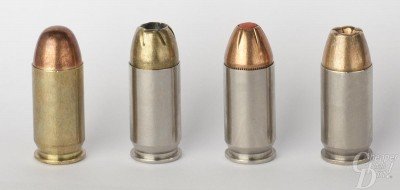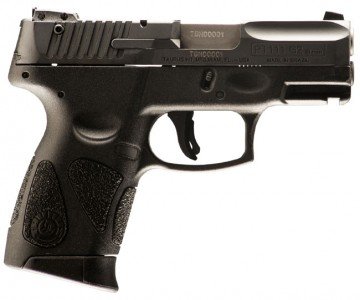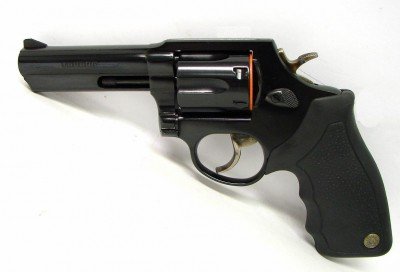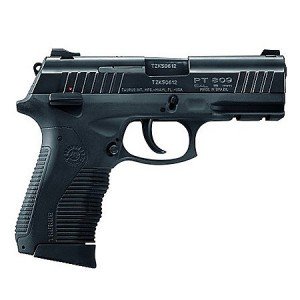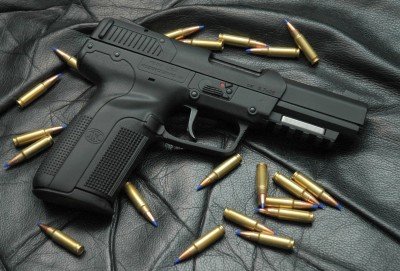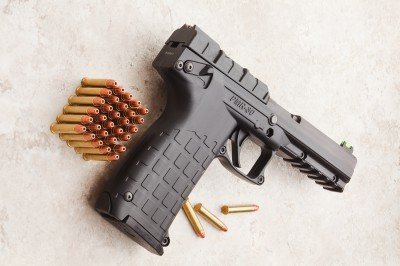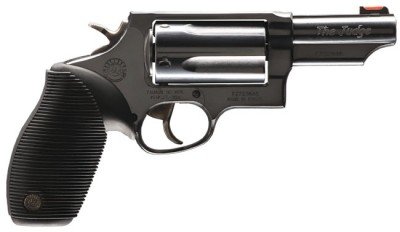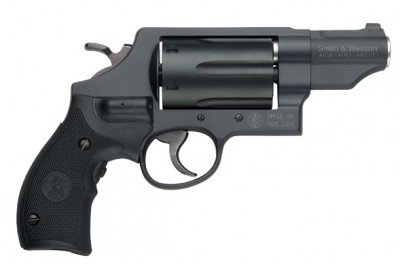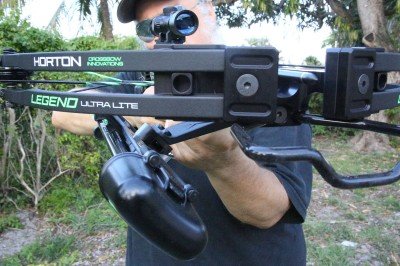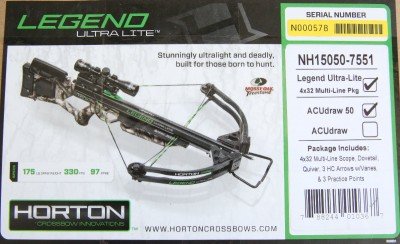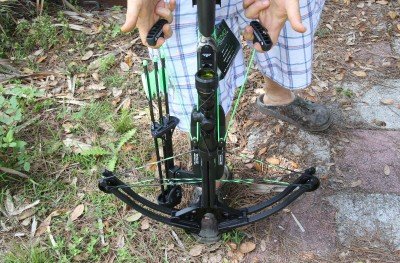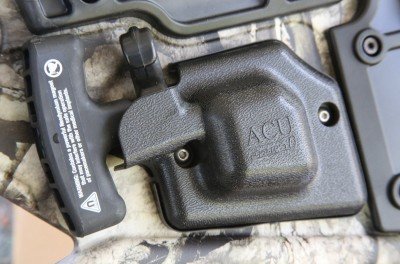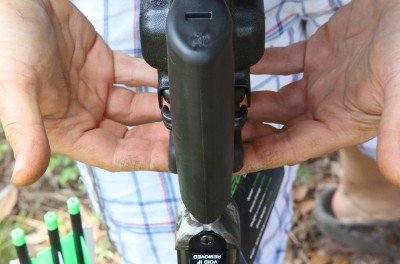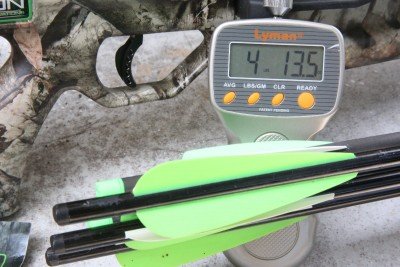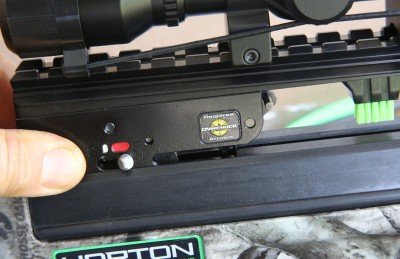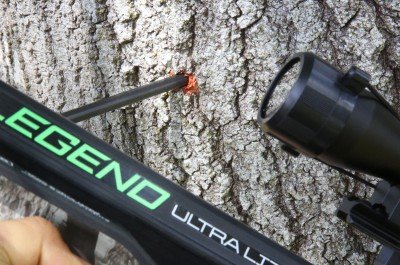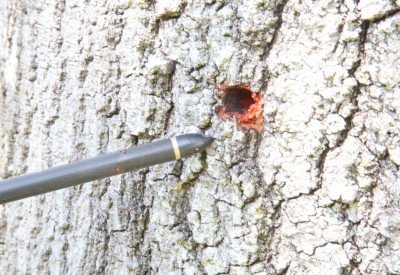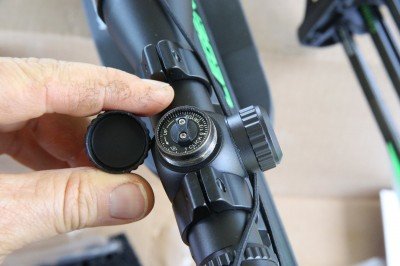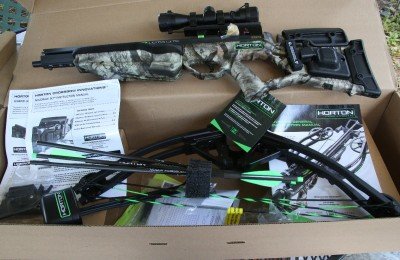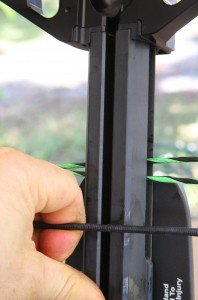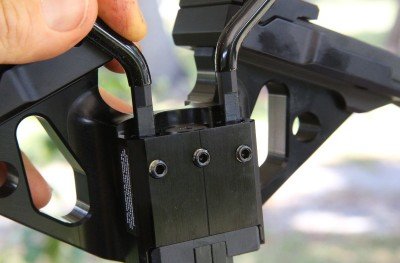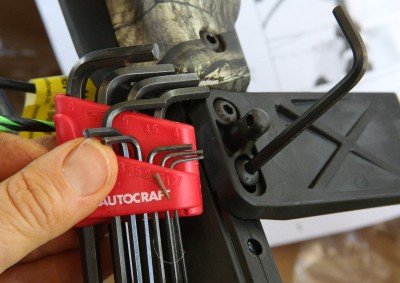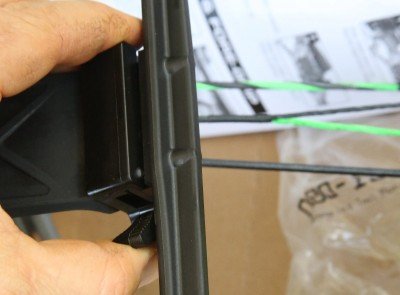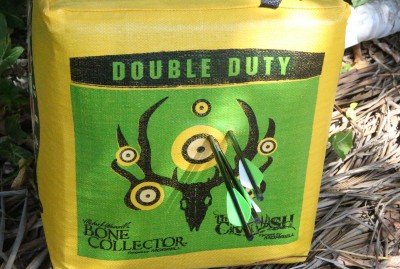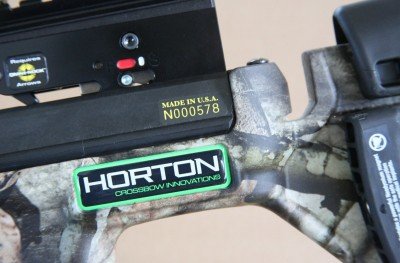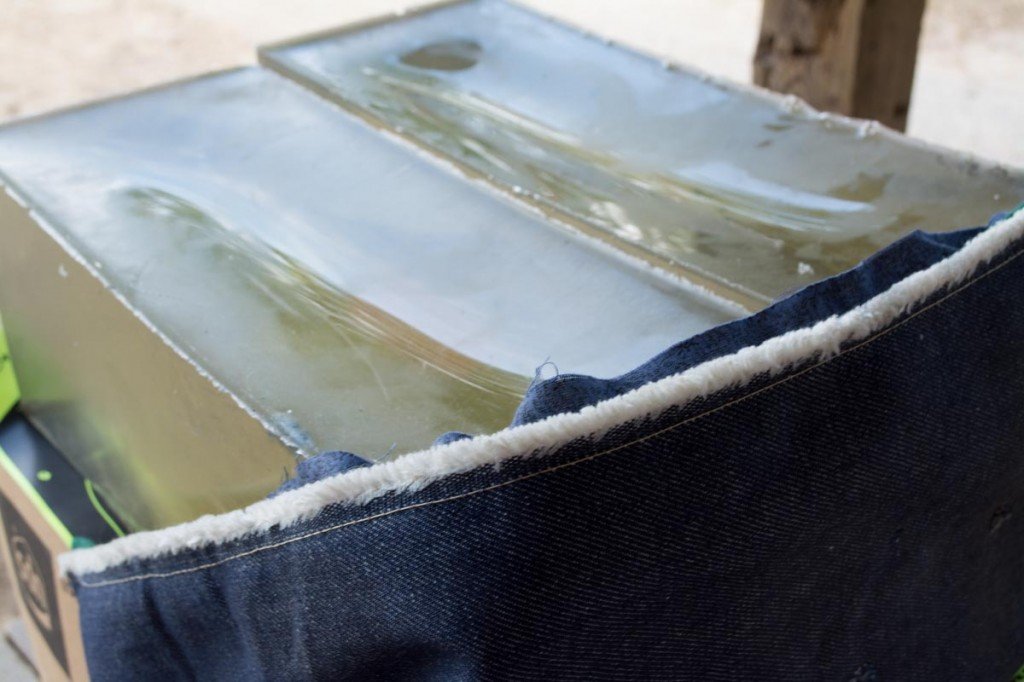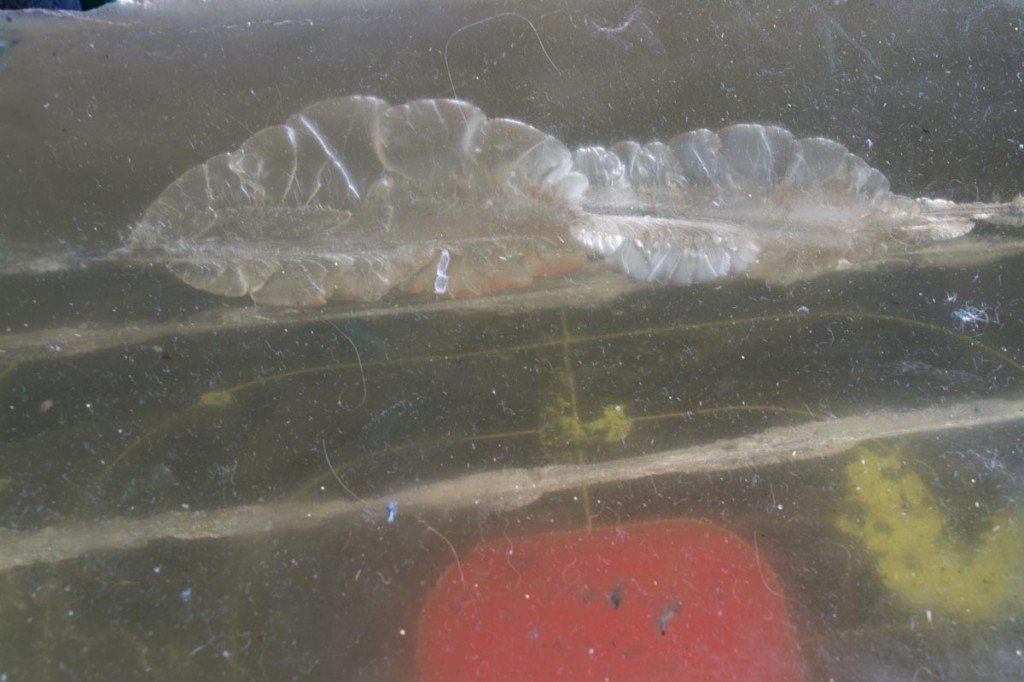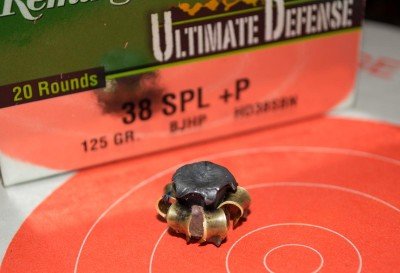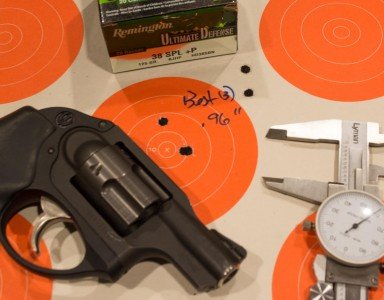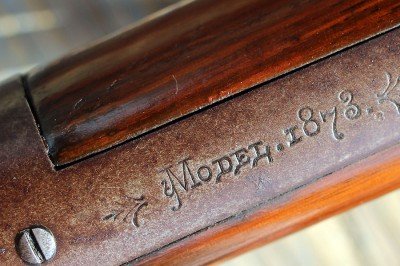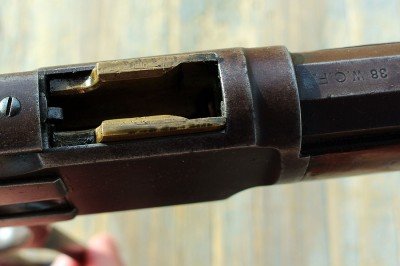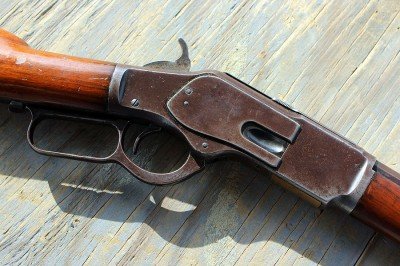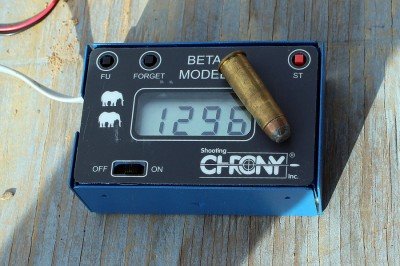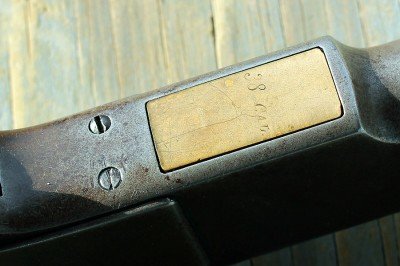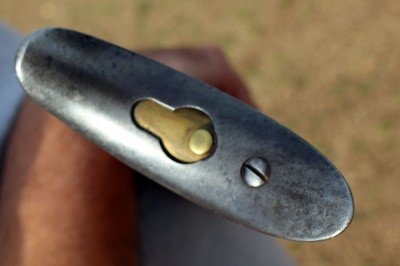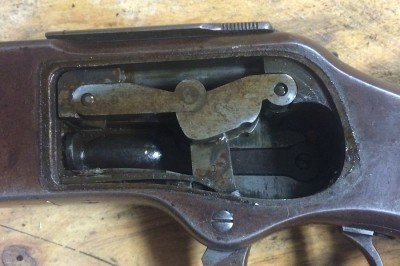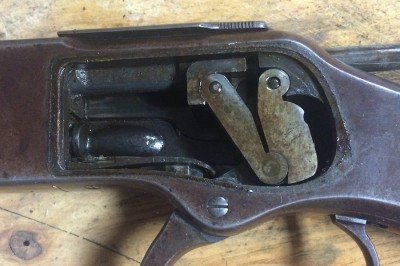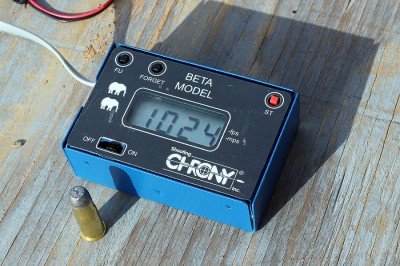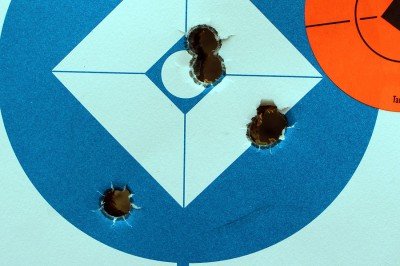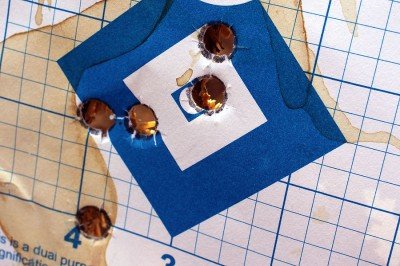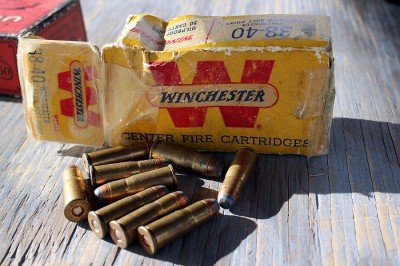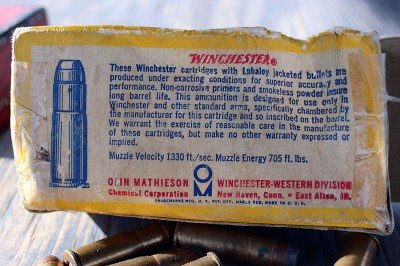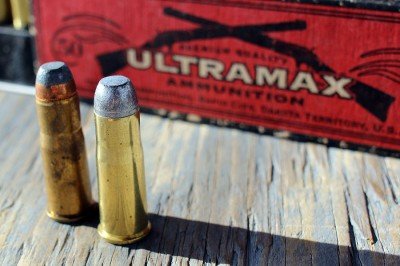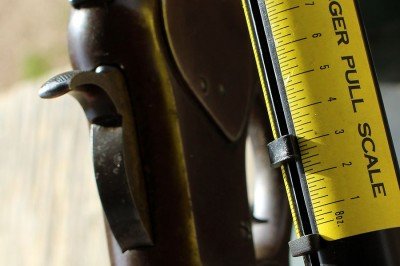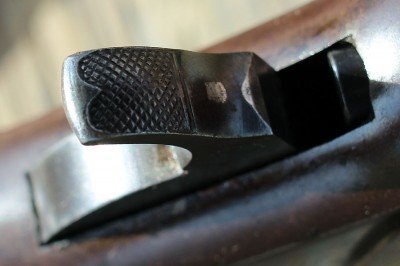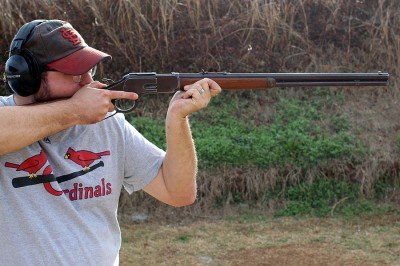Cheap Guns for Home Defense

No matter what gun you choose, remember safe storage. Bedside options, like the ArmsReach, keep guns secure and close.
The Ruskies, Iranians, ISIS, Boko Harum and Al Shabob be damned. They pose limited harm here in the Heartland.But crystal-meth, crack cocaine, molly, mental illness, poverty, corruption, illegal immigration and plain old orneriness have resulted in frequent violent home invasions, assaults and burglaries. These nightmares headline the local news. Coincidentally, the Nation’s police forces appear overworked, overwhelmed, over-regulated, demoralized and incapable of responding in time to prevent your family from being violently thrust into harm’s way. Unfortunately, it appears it is time, once again, for all decent Americans to plan for the active defense of our homes, and ourselves, against malice-filled evildoers. Fortunately, you don’t need to be a Navy SEAL to defend your homestead from invasion, and you don’t need a fortune to get the rugged and reliable tools needed to do the job right. Here is a look at budget conscious, effective and dependable handguns–the logical place to start.
A reliable handgun with sufficient “fight-stopping” power
American law enforcement and the US military have embraced two basic handgun designs for the past 100 years, large-bore revolvers and semiautomatic pistols. Our defense and law enforcement forces have effectively used .38 Special, 9mm and .45 caliber projectiles in laying down the law to the rogues of the world. .357 Magnum and .40 S&W are two additional, well-proven and reliable, fight-stopping, law enforcement calibers. Many, many home and business owners have additionally brandished popular semi-automatic handguns from American firearms manufacturers such as Smith & Wesson, Colt, Ruger, Springfield Armory, as well as from a variety of foreign gun-makers such as Sig Sauer, Glock, Taurus and Beretta and Browning. The iconic firms of Smith & Wesson, Ruger and Colt have been leading the revolver manufactures, though Taurus and others are taking over.Large-bore revolvers, also vetted by decades of military and law enforcement hard use, have proven to be more idiot-proof (soldier-proof); but are usually limited to 5 or 6 rounds of lethal business. Semi-automatic pistols generally have higher ammunition capacities, 6-17 rounds of persuasion; but are a bit more complicated to operate and maintain than revolvers. With some training and care, both can be effective, reliable fight stoppers and great assets in your anti-invasion home defense plan.

Don’t
let the variety of options get confusing. All of these have bullets
that are roughly the same size, but the loads are very different.
Let’s consider the calibers
The .38 Smith & Wesson Special, typically known as the .38 Special, was invented by Smith & Wesson ballisticians in 1898 as a revolver round. Extensively proven, this hand gun was fielded by the US Military during WWI and generally employed by the large majority of American police departments from the Roaring Twenties up until its replacement by lightweight, high-capacity, Glock semi-autos firing the 9mm during the 1990’s. The typical 200 grain .38 of an inch diameter projectile traveled at almost 700 feet per second until it deposited just over 200 foot pounds of energy into its target. Several other sizes of projectiles for the .38spl were fielded by military and law enforcement over the decades of use culminating in the development of the .357 Magnum made famous by the fictional Harry Callahan(AKA Dirty Harry).The .38Spl cartridge is a proven and reliable man stopper, when placed in an assailant’s center of mass although it has occasionally not performed quickly enough when the target is significantly amped up on drugs or adrenalin. In that case, the Mozambique (2 to the body, 1 to the head) and, or, head shots are recommended. For a home defense round, we rate the .38spl a solid B grade. The .357Magnum is an amped up, more powerful cousin of this round, an A.

Once you decide on a caliber, the options really open up. There are multiple options for bullet designs.
9mm pistols typically fire a 124 grain bullet at about 1200 feet per second and dumps just shy of 400 foot pounds of energy into the target while the 115 grain projectile typically travel 1300fps and imparts just over 400 foot pounds of energy into the target. These fairly inexpensive rounds are usually carried in a magazine which provides between 12 and 17 rounds, giving the shooter two to three times the firepower of a six shooter! Many bad guys have been stopped by 9mm rounds although there is a near constant debate among the shooting community of its efficacy and knockdown power. Military expert and civilian shooting champion Ernest Langdon, a friend of mine, swears by it. We recommend, that if forced to employ it, that you place a good number of projectiles in your threats’ center mass, and head, in order to accelerate the stop. Additionally, we recommend you use the same hollow point duty ammo that the police in your community use. (If hollow points, or magazines w more than 10 rounds, are illegal in your jurisdiction, MOVE to a FREE STATE like New Hampshire or Wyoming) Grade B+ due to the capacity and low cost.
The .45ACP cartridge also known as the .45Auto was designed, in 1904, by legendary firearms genius John Moses Browning to provide additional knock down power to our troops after .38 caliber rounds failed to stop enemy troops with sufficient authority. John M. browning’s model1911, .45ACP semi-auto pistol fires the heavy 230 grain bullets at 830FPS and delivers just over 500 foot pounds of energy into the target. Lighter 185 grain .45ACP bullets travel over 1,000FPS to also deliver about the same energy. The US Army’s former General John T. Thompson considered these “real man stoppers.” The larger .45ACP projectile, being significantly larger than the 9mm and .38 projectiles, is known for creating large wound channels in the evil doers impacted by them.
Col. James Cooper, considered by many to be the “Father of Modern Pistol Craft”, swore by this round and is famous for saying “any handgun round is acceptable as long as its caliber starts with the number 4”. Many Special Operations military units, with the liberty to select their, mission-specific firearms, still use the .45ACP in their pistols in order to ensure rapid incapacitation of their targets, despite the fact that the larger cartridge size means fewer rounds in each magazine than a 9mm (7 or 8 vs 13 or 17). Finally, the US Army has been debating returning to the venerable .45ACP for the last decade. My kids can handle the cartridge in a 1911 style pistol, and it’s my go to sidearm WTSHTF. Grade A- due to lesser magazine capacity.
There are listings on GunsAmerica.com for less than $300 that are of suitable caliber for home defense.
$239- The Taurus Millennium G2 chambered
in 9 mm weighs only 22 oz and has a 13 round capacity and 3” barrel. It
fires in single or double action modes, has a loaded chamber indicator,
an adjustable rear sight and a Picatinny Rail for a weapon light a
light or laser. MSRP: $434.59 The more you practice with this 9mm, the
more likely you are to hit the intruder’s center of mass. It has been
proven that center of mass hits end fights and aggressive behavior from
thugs.
$269- A used Taurus 82S
.38 Special with a 4″ barrel is a classic and reliable handgun with
very few parts to ever fail. This timeless six shooter design firing the
proven .38spl cartridge has knocked the fight out of many a dirt-bag
over the years, and it will certainly comfort you as your front door
gets kicked in. Practice frequently so all your shots will hit the
perpetrator’s breadbasket.
$275- “The Taurus Model PT-845
in .45 ACP caliber features a 4″ barrel, polymer frame, 3-dot sights,
ambi safety, accessory rail, DA/SA trigger system, interchangeable grip
inserts, mag loader and two 12 round magazines.” Invaders normally find
it difficult to continue when 2 or 3 rounds of 230 grain .45ACP
projectiles have been introduced into their chest cavity. Sometimes the
drug fueled thugs require an additional one or two to the brain pan.
On the higher end of the dollar scale, is the battle-proven Beretta M9 or Model 92.
The 9mm Beretta sidearm has been carried by US Service-Men & Women
longer than any other sidearm in US Military history. It replaced the
Colt Model 1911 .45ACP pistol in 1985 and is carried by the lion’s share
of the US Military today, 30 long years of service. The Beretta’s 15
round magazines contain more than twice the ammunition of the 7 round
.45ACP it replaced. In deference to such service, I include it in the
list and have found one, with an accessory rail and two mags, on
GunsAmerica.com for $699. It’s not cheap; but it is not expensive,
especially for the proven reliability of the gun.
There is another type of modern handgun and cartridge combo which one
might, thoughtfully or purposefully, consider in a desperate home
defense situation. I call these “Hi-Capacity Stinger Pistols” (HCSP) as
opposed to “fight stoppers.” As thinking beings, we know life involves
tradeoffs. In the case of this trype of pistol, we are trading the
“knockdown” power or larger projectiles for the enhanced accuracy
associated with minimal recoil and rapidTwo examples of these are the .22WMR cartridge fired from the Ketltec PMR 30 semi-automatic pistol and the 5.7×28 cartridge fired by the FNH 5-7 semi-automatic pistol.
The .22 Winchester Magnum cartridge is a significantly amped up .22 caliber projectile. The 30, 40 or 50 grain, hollow-point projectiles are fired at 2300, 2000 and 1800 feet per second from rifles, delivering 300 or more foot pounds of energy into the target. What’s neat is this same round, when fired from a pistol, travels at a considerable 1200-1500FPS out of a hand gun.
The 5.7x28mm cartridge, developed in 1990 together with a Personal Defense Weapon as a high velocity, small caliber, round potentially capable of replacing the venerable 9mm parabellum. Most projectiles are 23, 28 or 31 grains and they typically travel from about 2300 to 2850 feet per second from a 10 inch barrel.
The FNH Five-Seven
pistol was developed in 1998, eight years after the FNH 5.7×28mm
cartridge was released. The Five-Seven is a lightweight(less than 1 ½
pounds) polymer pistol with a 30 round magazine capacity, ambidextrous
controls and low recoil. The 30 round capacity and the ability of the
5.7x28mm round to penetrate body armor, in certain situations, makes
this set-up worth considering for a home defense situation. 30 rounds of
high-velocity attitude adjustment, in a very lightweight and handy form
factor would give me a certain amount of confidence. Another reason I
plan to acquire and, severely, test one of these is that it is rapidly
being adopted many military and law enforcement units across the world,
including the United States Secret Service. Good enough to protect the
President, probably good enough to protect your family. There are 11
various FNH 5-7 pistols currently on sale at GunsAmerica.com ranging
from $800 to about $1400. $800 is not “low cost”. This is included
because the Secret Service endorsement makes me think that the
dependability and lethality may be worth a few days of Ramen Noodles and
PB&J sandwiches. And, when it comes to defending hearth and home,
sacrifices are allowed.
Listed on GunsAmerica.com for $540 the Keltec PMR
30 seems to offer significantly more bang for the buck. The PMR 30 is
another pistol on my short list for immediate testing. It is a
full-sized, polymer based pistol which holds thirty .22WMR cartridges and weighs less than a pound and a half; fully loaded.
It comes pre-drilled to accept a micro-sized red-dot sight and has
factory installed fiber optic sights as well. The PMR typically fires
it’s .22WMR rounds at 1200 FPS. Again, 30 rounds of 50gr projectiles
just might serve you righteously during the dire moments of a violent
home invasion. 2 Keltec PMR’s, chambered in the hot .22WMR round, are
currently listed. They are both new and include two 30 round magazines. I
would certainly recommend installing a Docter Optic or Burris type
micro red dot for low-light rapid target acquisition as I suspect most
home invasions occur under the cover of darkness, and the dot should
help with sight alignment under duress. I repeat, 30 .22 Winchester
Magnum rounds. Wow!
The final class of reasonably priced, portable, home-defense
implements are the hybrid handgun/shotgun large bore revolvers which
fire, either a 45.ACP or .45 Long Colt, and a .410 shot shell. This is a
beautiful concept. The defensive home owner now has the option of
loading his/her Taurus Judge or Smith & Wesson Governor with a
smorgash board of 230 grain .45 ACP rounds and five #000 buckshot
pellets encased in each .410 shell. I can envision home invaders, warmly
welcomed by this combo meal of lead projectiles, not sticking around
for coffee and dessert.
There are currently more than a dozen Taurus Judges available on GunsAmerica.com.
A used one is available for a very reasonable $250 and $450 seems to be
the price for a brand new in the box Judge. With this steel
masterpiece, you can now be Judge and Jury within the curtilage of your
domain.
Ten Smith & Wesson Governors are currently available on GunsAmerica.com.
They range in price from $699 to $995 which has them trending out of
the “low-cost” segment. The special nature of these weapons, and their
particular suitability for home defense, makes me forgive their pricing
and include them in this list. I look forward to testing them and
determining the reason for the significant difference in pricing between
the two brands’ execution of the multiple projectile, big bore
revolver.
The special nature of these weapons, and their particular suitability
for home defense, makes me forgive their pricing and include them in
this list. I look forward to testing them and determining the reason for
the significant difference in pricing between the two brands’ execution
of the multiple projectile, big bore revolver.- Note: The Hornady Ammunition company has a unique new self-defense .410 cartridge being sold under their “Critical Defense” Sub-brand. It just sounds awesome and I will try it as soon as I can get my hands on some.
- From their website: “ This .410 shell …the Critical Defense® 410 features a unique Triple Defense™ projectile stack consisting of two 35 caliber round balls topped with one non-jacketed FTX® slug.
- Unique to the Critical Defense 410, the 41 caliber FTX® slug actually engages the gun’s rifling, and contacts the target nose-on, enabling the patented Hornady Flex Tip® technology to assist in expansion for greatly enhanced terminal performance. Each 35 caliber round ball is made of high antimony, cold swaged lead to resist deformation and provide excellent penetration. The 410 Critical Defense is loaded to 750 fps at the muzzle with 294 ft lbs of energy.” Your faithful writer is going to get his hands on some ASAP and fill you in on the hype.
Stay tuned every two weeks for another installment of Low Cost Home Invasion Defense Tools. We will discuss, shotguns, rifles, weapon-lights, lasers as well as training, tactics and tips for defending the hearth and home. If guns are the answer, GunsAmerica.com has what you need!
About the Author: D.S. Standard is a poly-lingual international adventurer, a certified NRA instructor, a certified 1 Mile Marksman, and an accomplished martial artist. He and his family hail from New Hampshire, where they try to live up to the State’s “Live Free or Die” credo and they hope that you will experience Liberty, rather than safety, in your lifetime.
